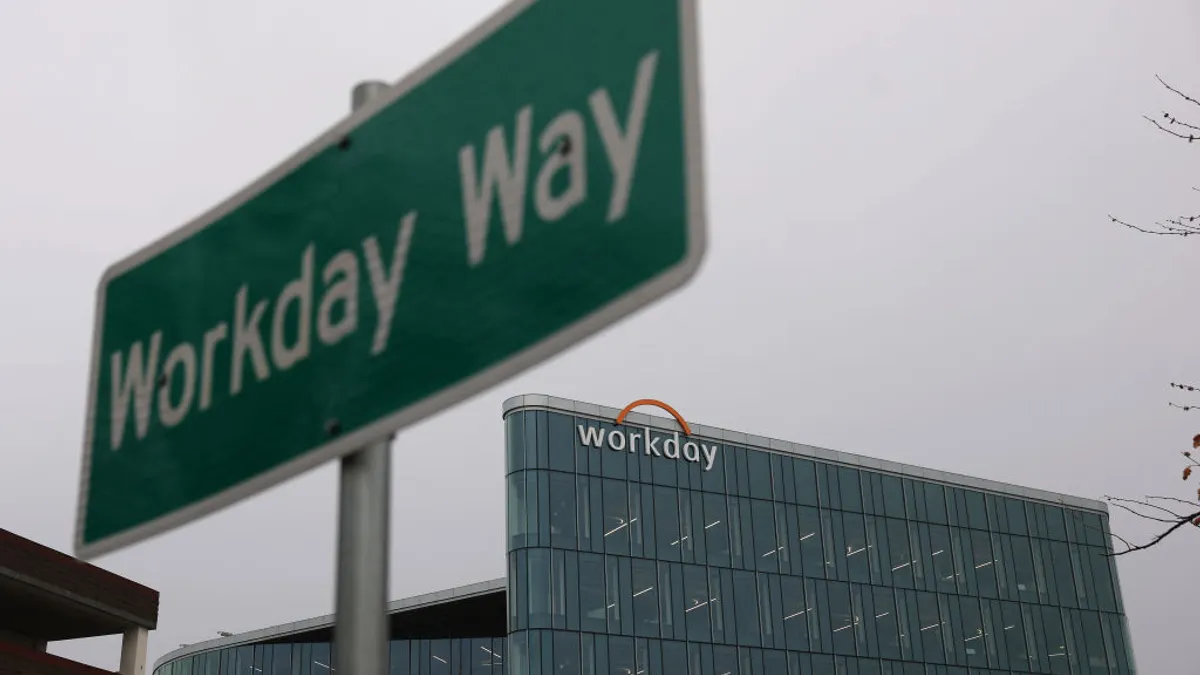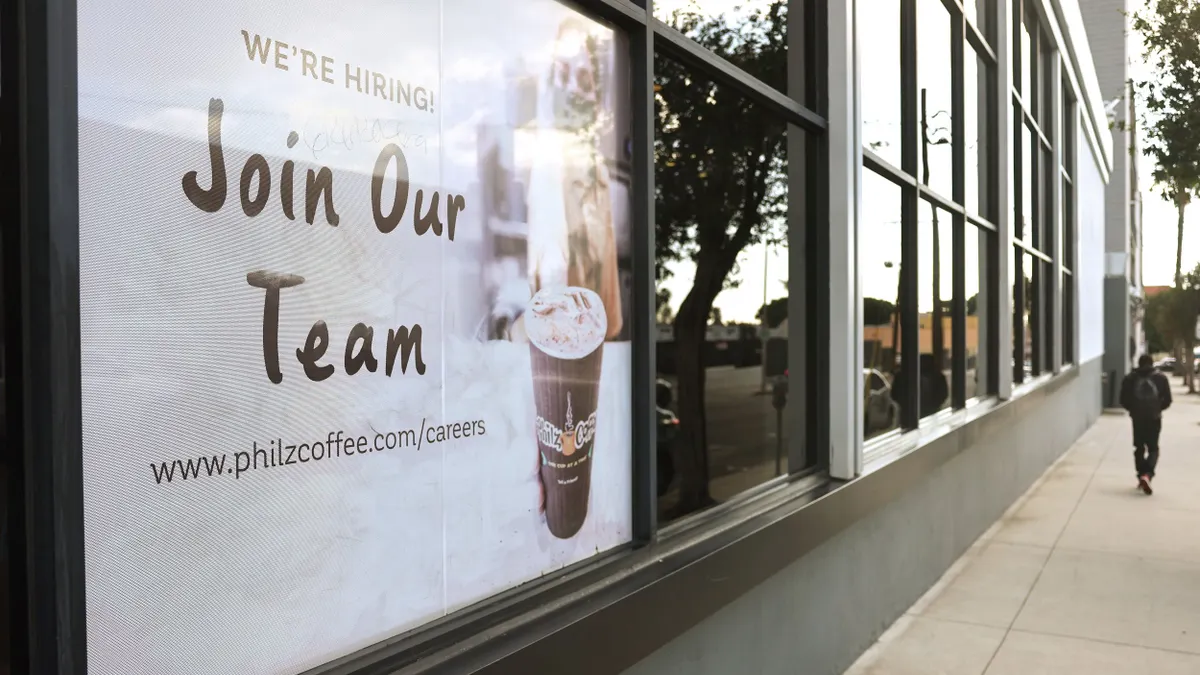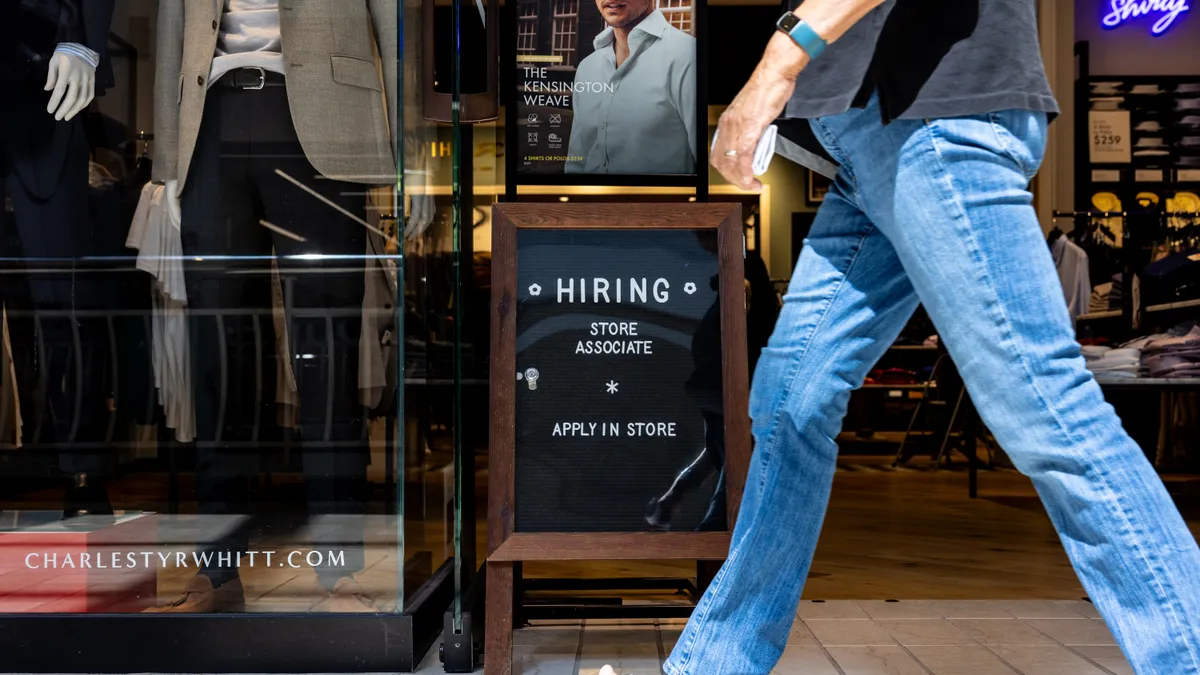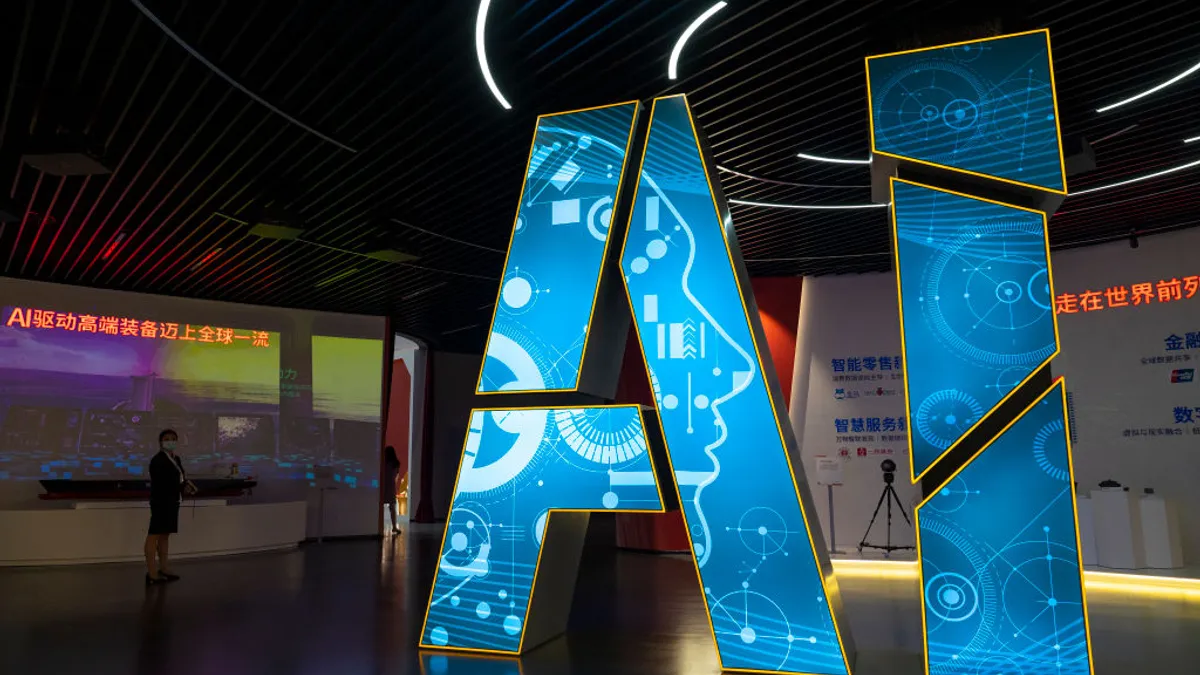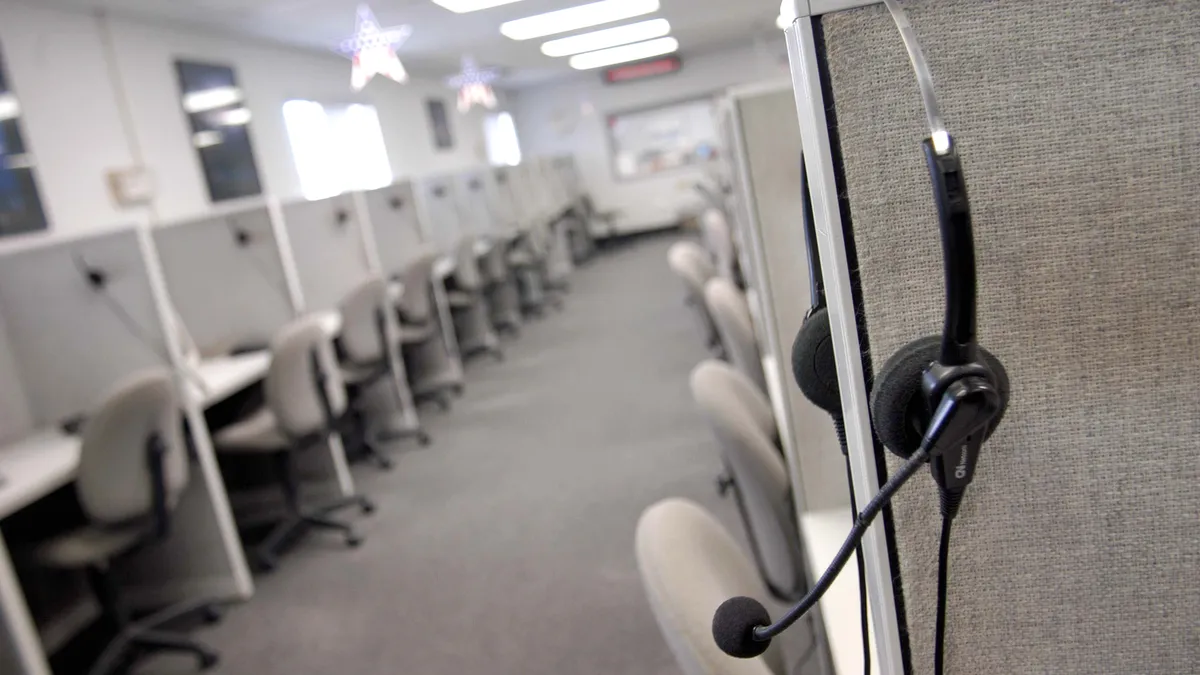In 2025, good talent is still going to be hard to find, and that hunt is being shaped by technology.
HR professionals and recruiters can use AI to help overcome those challenges. But, at the same time, job seekers are using AI tools as well, sometimes to less successful — and more inbox clogging — ends.
Here’s what two experts predict.
The war for talent isn’t over — but it might be slower
Despite inflation concerns and a potentially softening economy, recruitment can still be challenging, said Adrian Shackelford, director of HR advisory services at McLean & Co. Still, there are ways to stay ahead of the curve.
From a sourcing perspective, employers may have a prime opportunity to hire from within this year. Workers are seeking leadership opportunities, Shackelford explained, and employers can improve retention by prioritizing internal advancement rather than hiring from outside.
“How do you drive your internal marketplace? Balancing that is going to be key to making sure that you execute effectively,” she said.
But leadership development may also be one reason hiring processes are taking longer, she added. Notably, hiring remains slow, but “not necessarily to the point that it’s because there’s a lack of talent,” she added.
Ben Eubanks, chief research officer at Lighthouse Research & Advisory, reports an uptick in job postings for recruiters themselves, signaling more hiring may be on the way — but perhaps with some moderation.
“Companies are posting more jobs looking for more people, but it still feels like they’re in this holding pattern,” he said. The U.S. election might have played a factor in that pause, he added, saying he expects processes to move forward in the new year.
Job candidates are using — and misusing — AI
AI has become a buzzword in HR circles, often pitched as a way to make hiring easier. But it has also become a way for potential job candidates to apply to many jobs at the same time.
Programs like LazyApply and LoopCV allow people to automatically apply for hundreds of jobs at the same time without that candidate doing any real work into tailoring their resume or even searching for companies they want to work for.
This is making recruiting “exponentially more difficult,” Eubanks said. Going through 20 applications may already be taxing but “when you have 200, you can’t do it…If they’re using these tools, it creates all kinds of problems.”
One programmer even applied for 5,000 jobs through an AI tool, according to Wired, and he received 20 interview invitations in response. While that return rate is “dismal,” Wired said, the programmer had received the same amount of interviews after manually applying to 200 to 300 jobs, and said he considered the use of the tool worthwhile.
But job applications are just the start of how this technology is being used. Candidates are also deploying tools that allow them to make deep fakes of their faces so they don’t have to actually sit in front of their computer for a video interview; that technology can also make a candidate appear to be thinking about an answer to a question while they are using AI to give them one. Potential job candidates may even be fakes altogether.
“All of these things are changing how we screen people,” Eubanks said.
But HR also has access to AI
That doesn’t mean HR can’t use AI in its quests, too — though the main function may not be to sort through AI-generated applications, said Eubanks. Instead, the department can use AI tools to improve sourcing and perform more targeted work in 2025.
Rather than look for a candidate with so many years of experience in a specific job field, recruiters and HR professionals can use AI tools to be far more specific. “If I want someone who is a chief marketing officer at a company that went from $1 million to $10 million in revenue, there are now tools for that,” he said.
The tools are not necessarily changing how search is done, but giving it more depth and breadth than a person could do on their own. “We’re seeing companies using tools like that, especially for executive roles, to look at a short list faster, and take some of the risk out of that decision overall,” Eubanks added.







